Robot vacuums make it easy to rid your home of dust, debris, pet dander, and anything else lurking in the loops of your carpet. And although they’re much more convenient than a traditional vacuum, they aren’t entirely hands-off. Here are some tips and tricks for your robot vacuum to help keep your home clean. Some of these tips only need to be performed once (such as setting up restricted zones), while others should be performed before every cleaning.
Looking to upgrade your cleaning game? Be sure to check out our roundup of the best robot vacuums available today.
Clean up debris and other objects
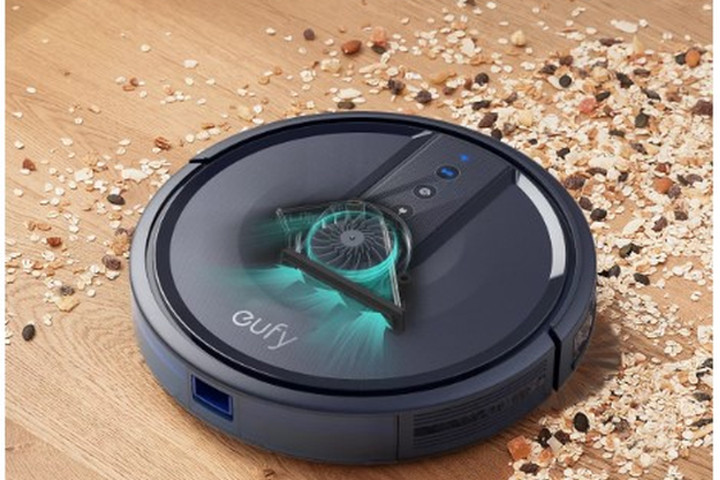
Robot vacuums come in all shapes and sizes, but none of them have mastered the art of picking up objects. Leaving stuffed animals, shoes, clothing, or other belongings on the ground will have a significant impact on your robot’s ability to clean. Before every cleaning event, make sure you take a few minutes to pick up large objects scattered throughout your home. This ensures your robot vacuum will reach every inch of your floors without getting tangled or needing a reset.
Set restricted zones

If you have any sensitive spots in your home, make sure you take a few minutes to set up restricted zones using your smartphone. This will prevent your robot vacuum from venturing into the territory and is incredibly useful for areas you don’t want to be disturbed (such as dog bowls or curtains dangling precariously close to the ground). Not all products offer this feature, but if you’re lucky enough to have the option, it’s best to take advantage of it.
Be careful with chairs (or anything with legs)
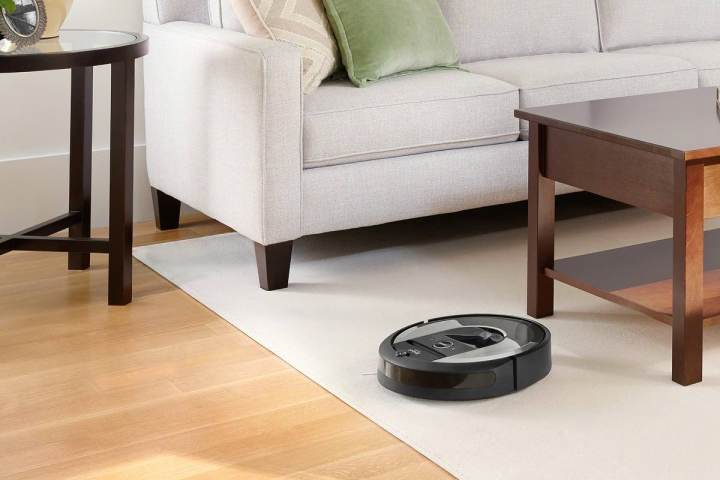
Of all the objects in your home, chairs are the most likely to confuse your vacuum. It’s not uncommon for robot vacuums to get caught within the legs of a chair, as the spindly protrusions can be hard to detect, making it easy to get underneath the seat, but nearly impossible to escape. We’d recommend either tipping your chairs up against a wall prior to cleaning or using the aforementioned restricted zones to label them off-limits.
Set a proper schedule
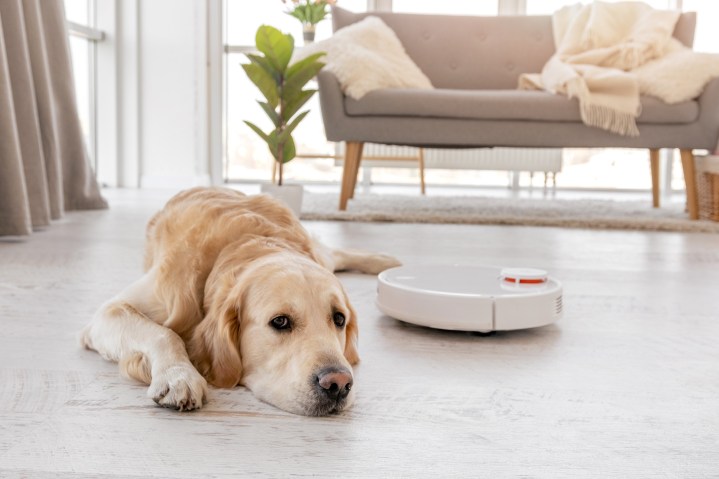
Try scheduling your cleanings for when few people are home. Not only can robot vacuums be noisy (and distracting), but many of them tend to perform better when they don’t have to work around people hustling and bustling throughout the house. Also, make sure you don’t overload your schedule when out of town — otherwise, you might come home to a robot that needs to be rescued and recharged.
Perform routine maintenance
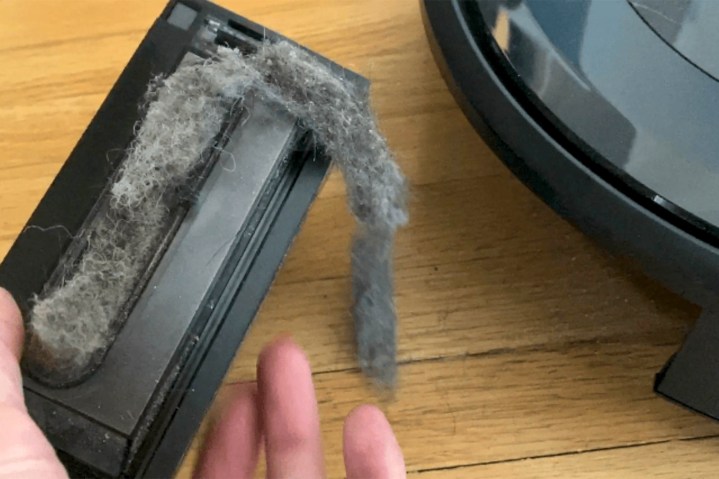
Like everything else in your smart home, your robot vacuum needs periodic maintenance. Be sure to consult your owner’s manual about exact cleaning procedures, but at the minimum you should be emptying its dustbin after every cleaning, checking its filters, and inspecting its wheels as needed.
Verify your dock placement
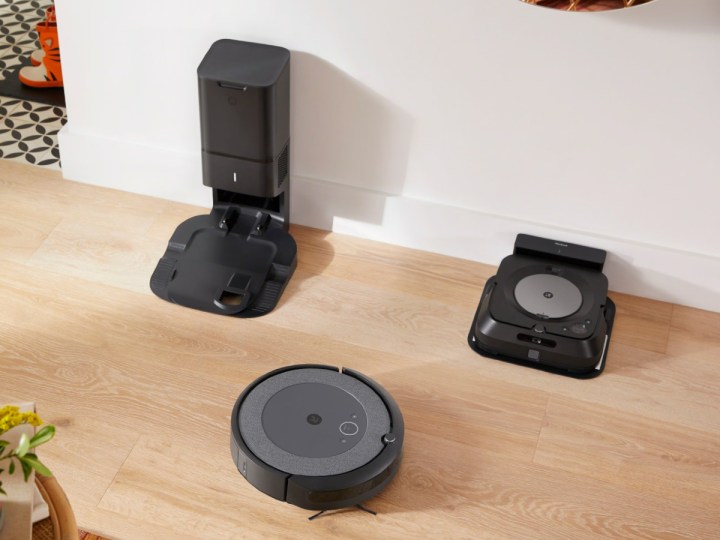
Believe it or not, where you place your charging dock can have a huge impact on your robot vacuum’s performance. Most products require several inches of free space on both sides, along with several feet of space in front of the dock for easy access. It also helps to put it in the largest room that needs to be cleaned, allowing it to quickly return for a recharge when necessary.
Observe its cleaning process
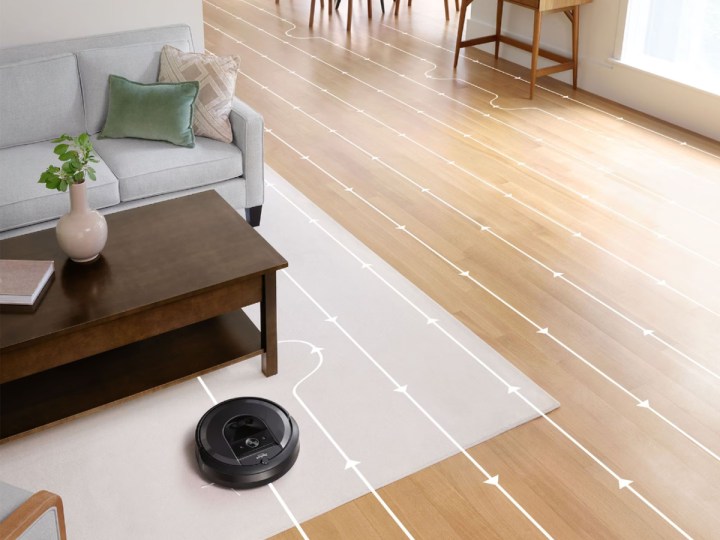
The first few times you run your vacuum, try watching its performance from the moment it begins to the moment it ends. This will help you discover any spots in your home that are causing trouble, and it can even help you determine how well it’s actually cleaning. With any luck, you’ll be able to set up more accurate restricted zones or perform a bit of maintenance to improve its abilities.
Light up your room
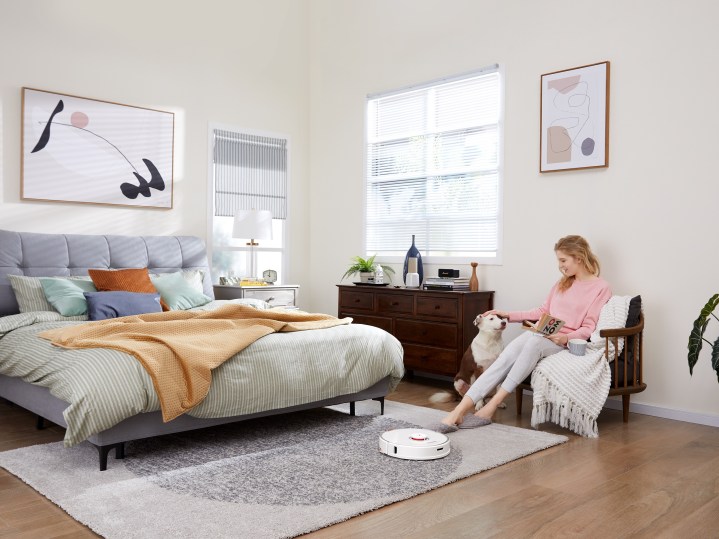
Most robot vacuums can clean your home in the dark — but that doesn’t mean they should. You’ll often find that the better lit your home, the better your vacuum performs. Try turning on a few lights before starting a cycle, and with any luck, you’ll be rewarded with a cleaner home.



